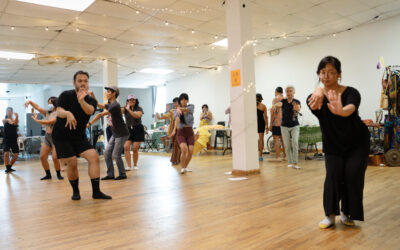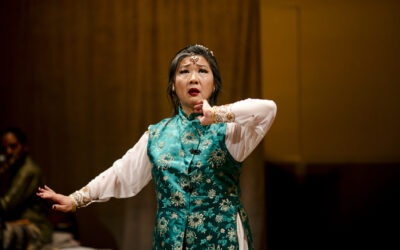Philippine folk dance
The beaded collar is adornment worn by Western Mono women. The collar is made from contemporary glass beads. It consists of a wide choker neckband, with a net-like or lacy draped cape. The drape of the collar extends fully over and around the shoulders covering the upper torso front and…
The West African Dunun and Djembe drumming tradition is an old performance art form of the Susu and Mandinka peoples of the region. Versions of these forms can be found throughout West African nations such as Mali, Guinea, Senegal, Gambia, and the Ivory Coast. Dunun, Sangbani, and the Kinkini are…
Kathak
Food is always central to any gathering of significance, and the preparation of regional celebratory food for special occasions such as a wedding, a patron saint day, or other religious holidays, is assigned to those invested in keeping vibrant the regional flavors. In Juxtlahuaca district located within the Mixteca region…
For Indian tribes of Northwestern California the art form of making female regalia, particularly ceremonial dresses was nearly lost. As native people fight against cultural erasure to retain their languages and cultural practices, the art form of regalia making, fortunately, has regained a high frequency of practice in the current…
The California East Bay has become a host for many incredible West African artists and cultural expressions. Drumming and dance Senegal and Guinea, for example, have captured the heart of many communities in this region. There are a variety of musical expressions, forms, and instruments that have been transplanted from…
In Mexico there exists an incredible diversity of dance traditions from the son jarocho from Veracruz, to the redovas of the northern states, to the jarana tradition in Yucatan, many of which are often included as part of the nation state identity and as part of the ballet folklorico presentations.
Tabla, North Indian percussion
In the Northwestern area of the state of Michoacán resides an indigenous group known as the Tarascos, who are also referred to as Purépecha, pertaining to the language spoken by this group. The Purépecha people have been successful in retaining a variety of cultural expressions in addition to the language.



